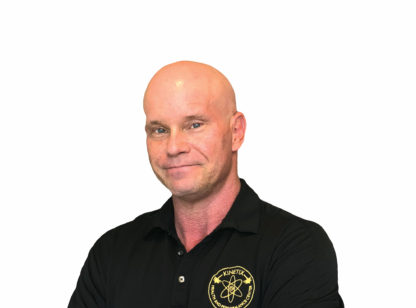When a client asks for a deep tissue massage, the first question I ask them is, “What does a deep tissue massage mean to you?” For many people, it means PAIN and PRESSURE, which technically is very far from the truth about deep tissue bodywork.
In its most simple terms, there are two primary categories of tissue that massage therapists address: the superficial tissue layer (skin, fatty layer, and the superficial fascia) and the deep tissues, or rather structures, such as muscles, ligaments, tendons, and the deep fascia. Superficial tissues are typically massaged using Swedish relaxation and stress reduction massage techniques with the primary goals of relaxing the client, increasing circulation, decreasing stress, calming the nervous system, and preparing the client for deeper work. Deep tissue only means that the deeper underlying structures will be addressed using a variety of massage strokes that may include either very little pressure or a lot. It really all depends on the personal preference of the client.
MYTH: Deep tissue means a lot of pressure.
REALITY: Pressure is a personal preference. The depth required to address any particular structure in the body can be achieved with either a light or a hard pressure. That amount of pressure is up to the client; it’s a personal preference, NOT a requirement.
MYTH: More pressure means better results.
REALITY: Massage is about applying a particular massage stroke to an area of tissue to get a particular physiological response. A seasoned professional will assess the area in need and find out what is wrong with the tissue: Is it a trigger point? Are there adhesions? Is the tissue fibrotic? From there, the right stroke is the one that creates the physiological response to repair the tissue and bring it back into homeostatic balance.
MYTH: Deep tissue massage is painful.
REALITY: Deep tissue work can be intense, and in some instances painful depending on how much tissue damage exists. But it should not be so painful and uncomfortable that the client tenses up and tries to pull away from the hands of the therapist. A good pressure is one under which the client is able to breathe and relax without having to cringe or tense any muscles. A painful massage can actually be counterproductive and have the opposite results from what both client and therapist were seeking.
MYTH: Bruising is a good thing.
REALITY: Bruising can be pretty complex, but simply put, there are two kinds of bruises that can be caused by massage: subcutaneous bruising which is broken blood vessels and deep bruising which is more damaging. Bruising means damage, and damage is not a good thing. There are instances where a client might be slightly anemic and therefore prone to bruising, but the bruises should never be more than superficial and care should be taken in follow-up sessions by using less aggressive strokes to minimize bruising. Remember, BRUISING=INJURY, and no one should be bruised after receiving a massage.
When searching for the best deep tissue massage, it is important to remember that there are many different modalities, many different versions of deep tissue massage, and every therapist works differently. You might have to try different therapists until you find the one that works best for your particular needs.
John Marasigan AOS, BA, LMT, CMT, BCTMB teaches Advanced Deep Tissue Massage at the Somatherapy Institute School of Massage in Rancho Mirage. For those interested in a career as a massage therapist, please call (760) 321.9214.











































Comments (0)